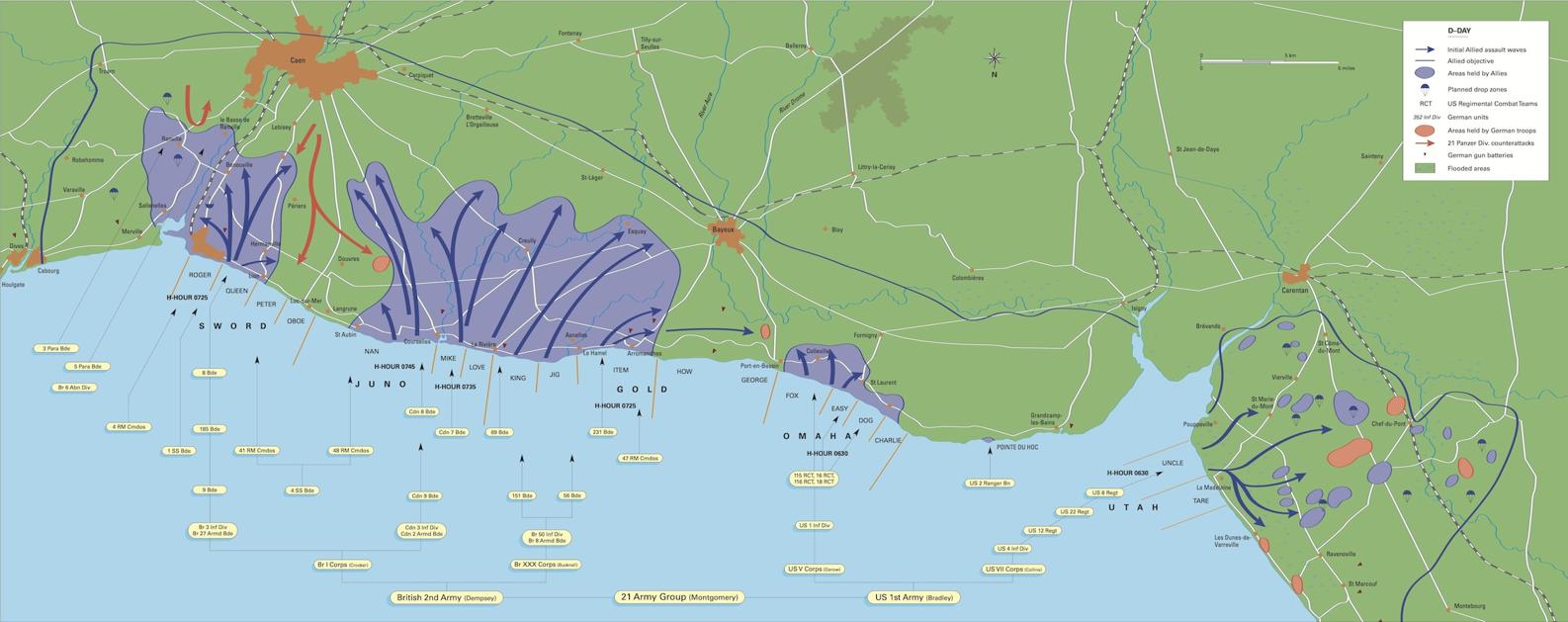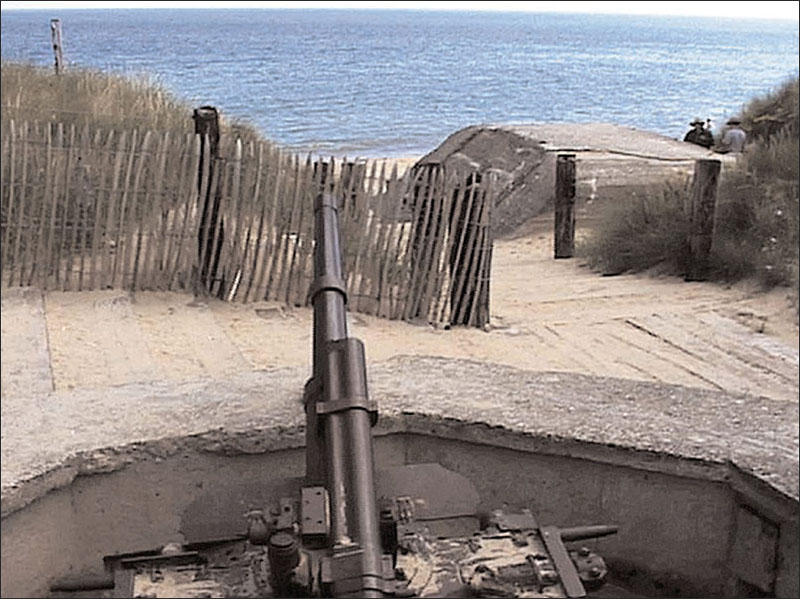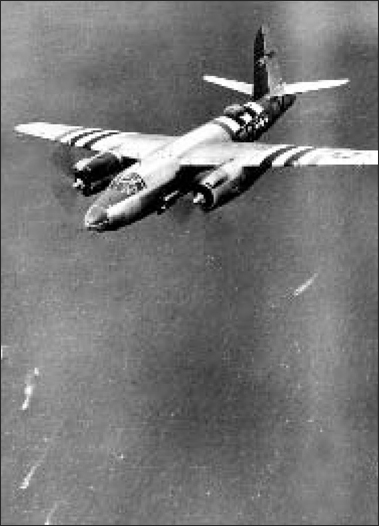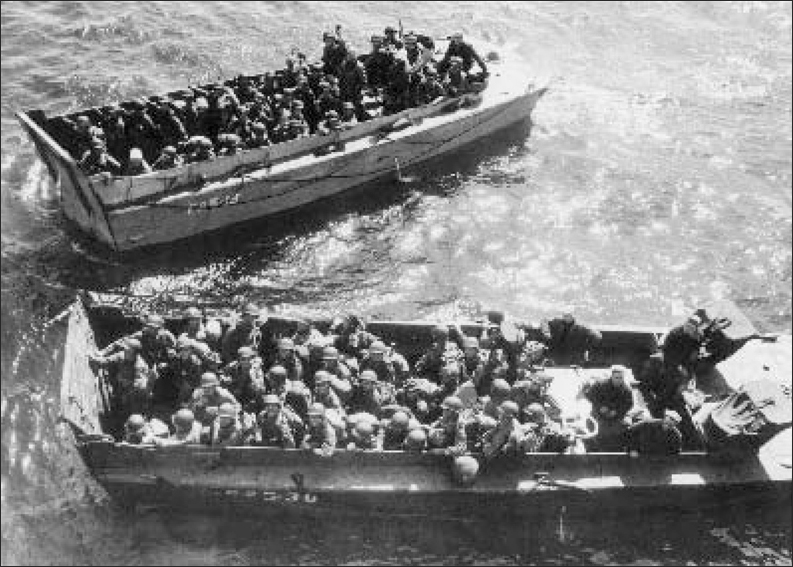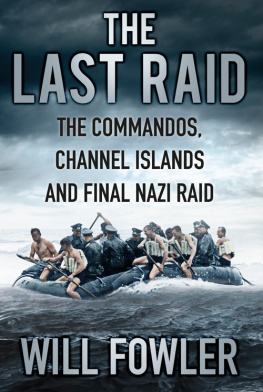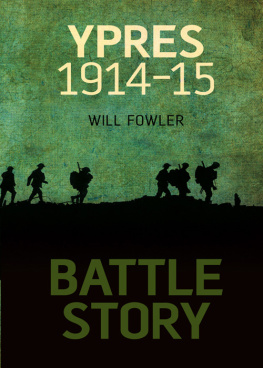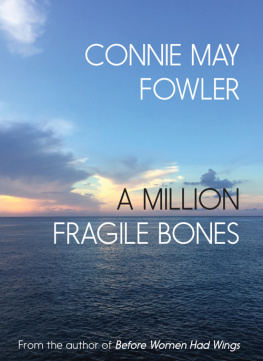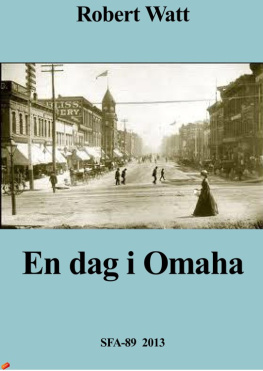This digital edition first published in 2014
Published by
Amber Books Ltd
7477 White Lion Street
London N1 9PF
United Kingdom
Website: www.amberbooks.co.uk
Appstore: itunes.com/apps/amberbooksltd
Facebook: www.facebook.com/amberbooks
Twitter: @amberbooks
Copyright 2014 Amber Books Ltd
ISBN: 978 1 909160 52 1
PICTURE CREDITS
Amber Books; TRH Pictures; US National Archives; John Csaszar; Photos12.com; Popperfoto; Sddeutscher Verlag; Topham Picturepoint; Peter Harper; Patrick Mulrey
All rights reserved. With the exception of quoting brief passages for the purpose of review no part of this publication may be reproduced without prior written permission from the publisher. The information in this book is true and complete to the best of our knowledge. All recommendations are made without any guarantee on the part of the author or publisher, who also disclaim any liability incurred in connection with the use of this data or specific details.
www.amberbooks.co.uk
CHAPTER ONE
UTAH BEACH
The operation at Utah beach was the least costly in human lives of all the Allied landings on D-Day. This was in part because of the initiative of Brigadier General Theodore Roosevelt. He was an old man of 57 and one of the most senior officers to land on D-Day. When he came ashore at Utah, he quickly realised that it was the wrong beach, the landing craft having drifted south during their run in to the shore. However, this section of the beach was far less heavily defended, and Roosevelt ordered that the landings should continue.
A LANDING ON THE EAST COAST of the Cotentin Peninsula had not been envisaged in the initial plan for D-Day. In early 1944, when the Allied planners increased the sea-assault force from three to five divisions, an open stretch of sandy coast backed by grassy dunes and a concrete sea wall known as les Dunes de Varreville became Utah beach. About 6.4km (4 miles) to the south was the twin mouths of the rivers Douve and Vire that effectively separated Utah from the other invasion beaches. At low tide, the flat sand was 1km (0.5 mile) wide and it was here that the 8th Regiment commanded by Colonel James A Van Fleet would land.
In the German evaluation of possible Allied landing sites, their Seventh Army had not only identified the Normandy coast, but also the Cotentin Peninsula. They had even anticipated the flanking locations of the airborne attacks that would support the amphibious assault. However, they had also considered that amphibious landings supported by paratroopers would be made in Brittany to capture the port of Brest.
The US Army 8th Regiment, along with the 12th and 22nd Regiments, was made up from the infantry element of the 4th US Infantry Division, commanded by Major General Raymond O Barton. They were known as The Ivy Leaves because of their distinctive divisional patch. General Bradley had visited the division in England and described it as superbly trained. It would become the first American unit to enter Paris and, in 1945, Gen Patton wrote to Barton that no American division in France has excelled the magnificent record of the 4th Infantry Division, which has been almost continuously in action since it fought its way ashore on the 6th of last June. On June 6 the follow up formations after the 4th Division had secured the beach would be the 90th, 9th and 79th Infantry Divisions.
THE PLAN
The American plan was that following the air and naval bombardment, Duplex Drive (DD) amphibious Sherman tanks would land first. They would be followed by the 2nd Battalion 8th Regiment carried in 20 Landing Craft, Vehicle and Personnel (LCVP), also known as Higgins Boats after the US boat builder who made them. Each boat would carry a platoon of 31 men.
The second wave of 32 LCVPs carrying 1st Battalion 8th Regiment plus combat engineers and naval demolition teams would land five minutes later.
The third wave would arrive 15 minutes later and included eight Landing Craft Tank (LCTs) with bulldozer tanks and conventional M4 Shermans.
Finally the fourth wave would arrive carrying men of the 237th and 229th Engineer Combat Battalions (ECBs).
For the plan, Utah was subdivided into a northern beach GREEN, with the sea approaches identified by the phonetic word for T - TARE, so the different beaches were designated TARE GREEN and a southern U- UNCLE, so UNCLE RED.
Opposite them at the base of the Cotentin Peninsula were ranged the German 709th Infantry Division commanded by Lieutenant General Karl W von Schlieben and elements of the 352nd Infantry Division under Lt Gen Dietrich Kraiss. The Germans had flooded the low-lying farmland behind the beaches and so made it impassable to vehicles and a hazardous drop zone for paratroopers. On the beach between high and low water there were three lines of obstacles, mainly steel spikes and wooden posts with fused shells or Teller anti-tank mines as well as tetrahedra and Czech hedgehog anti-tank obstacles. Inland and along the coast, the Germans had built a group of Widerstandsnesten (WN) (Resistance nests) with platoon-strength garrisons from the 709th that covered the five road exits from the beach through the flooded farmland.
The average age of the defenders was 36 while that of the Allied invasion force was ten years younger. In the whole German Army in 1944 the average age was now 31, which contrasted to that of the German Army in 1917 which was 27.
In the analysis of Lt Gen Max Pemsel of the Seventh Army, the German 709th and 716th Infantry Divisions, though static formations, had been well acquainted with their sectors for years, [and were] well-trained for defence, [but with] not much combat experience. Many of the men within the division suffered from stomach ailments and were grouped in special Stomach and Ear Battalions or White Bread Battalions where their health problems could be centrally monitored.
A USAAF B-26 Marauder medium bomber in distinctive D-Day stripes over the invasion fleet in the hours after the weather improved in the afternoon of June 6. Only two German fighters appeared over the landing beaches on D-Day.
Others units like the 795th Georgian Ost Battalion was made up of former Eastern Front prisoners-of-war. The Georgian soldiers were commanded by German or Baltic NCOs and officers and were expected to understand their orders and instructions delivered to them in German.



